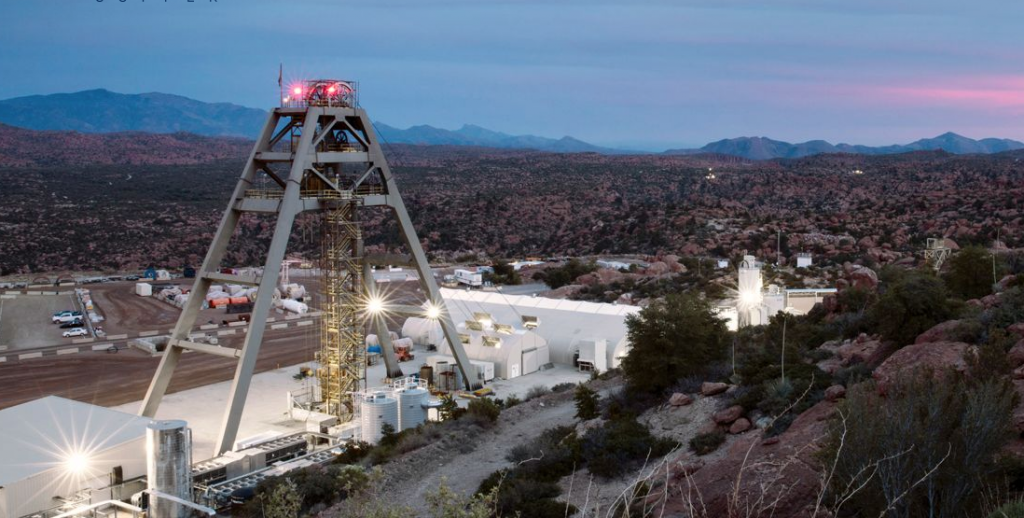
Mining giant Rio Tinto Plc has tried for more than a quarter-century to launch Arizona’s Resolution copper project, which would be one of the world’s largest underground mines.
The company and minority partner BHP have spent $2 billion but have yet to produce any copper, a key material used to make electric vehicles.
The mine was put on hold by the Biden administration last month amid opposition from Native American groups and environmentalists. Local leaders and many residents support the mine because of its economic benefits.
Here’s a history of the project since copper was found there more than two decades ago.
1995 – A large copper deposit is discovered near Arizona’s Oak Flat Campground, which some Native Americans consider the home of deities.
2004 – Rio and BHP form the Resolution Copper Co to explore the deposit.
2005 – The San Carlos Apache tribe and others voice opposition to the project on religious and cultural grounds. They worry the project will destroy Oak Flat with mining methods that create a massive crater.
2009 – Rio begins digging a 7,000-foot (2.1 km) mine shaft – the deepest in the United States – a process that takes five years.
2013 – Rio and BHP start the US permitting process after spending more than $750 million to collect engineering data.
2014 – US President Barack Obama signs a Pentagon funding bill approved by Congress that includes a clause – added at the last minute by then-Senator John McCain, of Arizona – to give Rio the campground and surrounding acreage in exchange for land it owns nearby. The law stipulates that the land swap cannot occur until an environmental report is published.
2017 – A Rio Tinto executive tells Congress the company would smelt copper mined from Resolution in Utah, addressing fears that the Arizona copper could be shipped to China for processing.
2019 – The San Carlos Apache Tribal Council votes unanimously to oppose Resolution.
May 2020 – Rio sparks a public outcry after it destroys ancient Aboriginal rock shelters in Australia. Several executives are forced out.
January 2021 – President Donald Trump’s administration publishes an environmental report on the Resolution project five days before leaving office. The move starts a 60-day countdown for the government to give Rio the land.
February 2021 – A US federal judge rules against Native Americans who had sued to block the land transfer.
March 2021 – President Biden blocks the land swap by rescinding Trump’s publication of the environmental study. Meanwhile, US Representative Raul Grijalva, an Arizona Democrat, introduces a bill to overturn the part of the 2014 bill that allowed the land swap – considered by Native American leaders the best hope for blocking the mine.
(By Ernest Scheyder; Editing by Brian Thevenot)
Comments